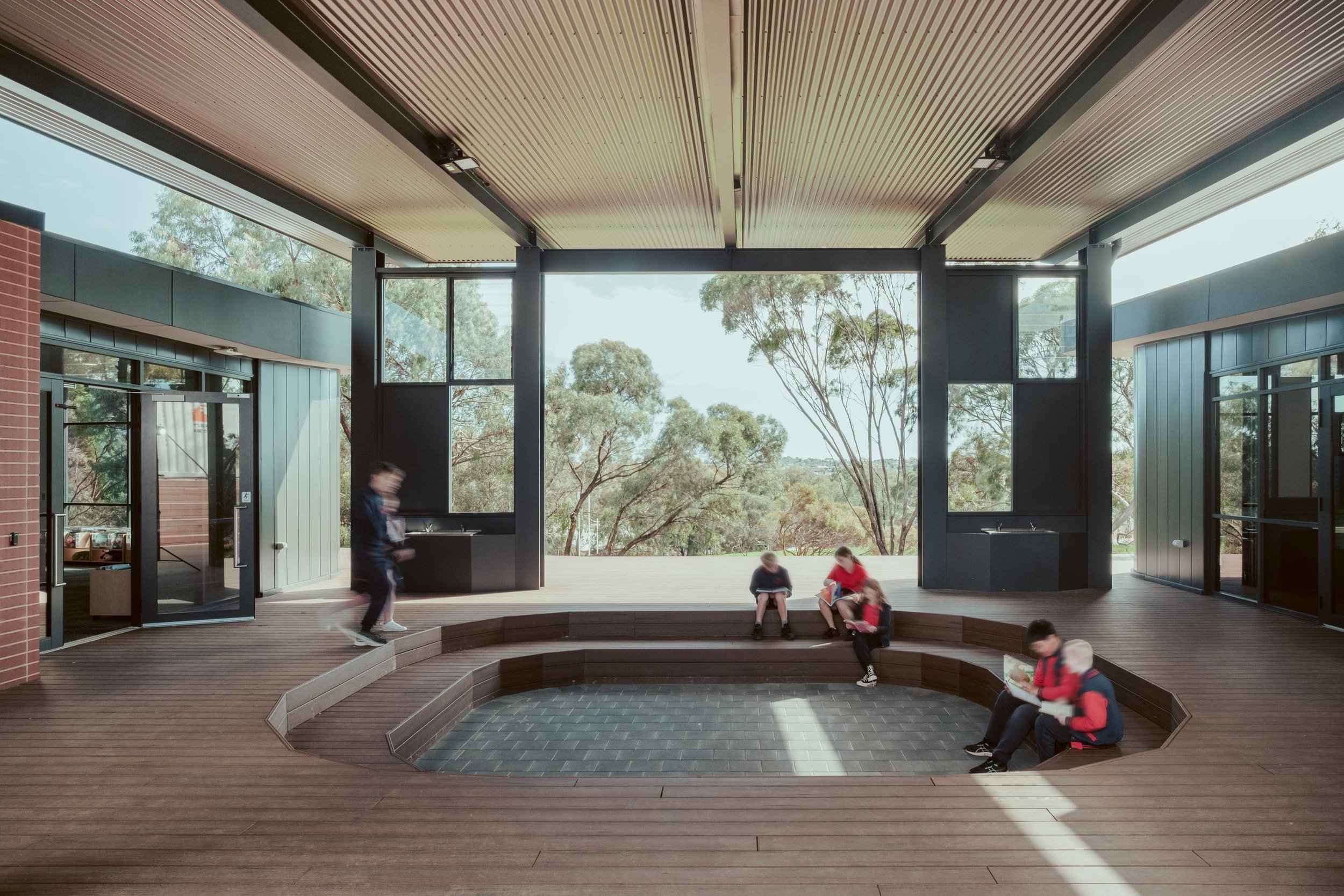sensum minds #3 - Design and Planning: Spaces and place for bright young minds
Sensum Minds Education Series - Part 3
Designing and planning spaces for schools, particularly in the early childhood education sector, is a complex and multifaceted task that requires a deep understanding of the unique needs of young learners. The process involves not only creating functional and aesthetically pleasing environments but also ensuring safety, compliance with statutory guidelines, and engagement with the community and local councils.
Here are some of the areas we think are critical in the process:
A well-considered programme
It goes without saying that having a clear timeline for the design process is crucial, and sufficient time should be allocated for each stage of the project, from initial planning to final execution. In our experience, we have seen many projects try and ‘shortcut’ timeframes due to various external factors, internal priorities, community department agendas, and term times; and whilst we excel at running a tight ship as project managers, the allocation of time for early planning and design cannot be underestimated.
Design integration
One key consideration in designing early childhood education facilities during the planning process is integrating the new spaces into the existing school environment. It's crucial to create a seamless connection between the new and old areas, ensuring that the new spaces are easily accessible and well-integrated into the overall layout of the school. This can be achieved by strategically placing play spaces facing the school, fostering a sense of unity and belonging.
Another essential consideration is to work with the landscape rather than against it. Where possible, Sensum always advocates with the schools and design team to utilise the natural landscape, such as retaining trees and integrating hill sites into the design, which can enhance the aesthetic appeal and functionality of the outdoor spaces. Where possible, play areas should be designed to maximise sunlight and shade, providing a comfortable and inviting environment for children to explore and learn.
Communication, Communication, Communication
We’ll say it again – Communication! Engaging with the council, stakeholders, and community is absolutely one of the most critical aspects of the design and planning process. Early collaboration with local authorities and community members can help identify potential challenges and opportunities, ensuring that the project aligns with the community's needs and expectations. This engagement is particularly important during the development planning approval process, which can be lengthy and complex. By involving stakeholders early on, the team can navigate the planning approval process more effectively, overcoming challenges and maintaining momentum throughout.
Safety in Design
And, of course, as we all know, safety in design is paramount, especially in spaces intended for young children. This includes not only adhering to statutory guidelines for things such as traffic management and emergency access but also ensuring the interior design supports safety. This involves carefully sizing and designing furniture and equipment, avoiding sharp edges, selecting robust materials, and considering height to prevent accidents, as a few examples. Additionally, prioritising natural surveillance with clear lines of sight to play areas and entry points is crucial to ensure that the facility provides a safe and secure environment for its little people, parents, staff, and visitors.
Through our recent work with the Victorian School Building Authority (VSBA), we’ve gained a deep understanding of the VSBA Design Guidelines, which provide a valuable reference for architects and designers working on early childhood education facilities. These guidelines offer best practices and standards to ensure that the design meets the specific needs of young learners in a safe and engaging way. We’re super passionate about sharing best practices across the projects we are involved in.
We hope that by sharing some of these insights, we have highlighted the importance of the planning and design stage. If you’d like to know more about how Sensum helps drive successful outcomes in tandem with the full design team, reach out to one of our Education Team Leaders. for a chat.

